Chestnuts have been popular for centuries and often used for treatment in healing and beautifying traditional medicine. Today, their advantages are complemented by culinary application, they can be prepared steamed, roasted, as a supplement to creams, salads and various dishes. Basically, there are two types of chestnut - wild and edible. Chestnuts (Castanea) are a genus of eight or nine species of trees and shrubs of the beech family (Fagaceae). They thrive in warm temperate climates of the Northern Hemisphere. Chestnut trees are large and deciduous. They reach a height of 20-40 m, and their fruit is a prickly cup with a diameter of 5-11 cm, containing 2-7 nuts.
It is believed that chestnut comes from Malaysia for centuries for many people it is the "tree of wisdom". Legend has it that in 401-399 BC, the Greek army survived the retreat from Malaysia, because they ate chestnuts. In the past, chestnuts were one of the main food sources of whole regions of Europe. Most often, dried chestnuts are made into flour, which is in no way inferior to wheat. Chestnut flour is mixed with rye, wheat, and later with cornmeal. It is not only great for bread, but cakes too. With the spread of potato, chestnut lost its popularity as a food for humans and animals.
Today, from 20 to 22 October, in the Alpine resort of Trentino is held the festival of chestnuts. They are deeply embedded in cooking in the area and at the festival, guests can enjoy one of the many exquisite dishes made with chestnuts.
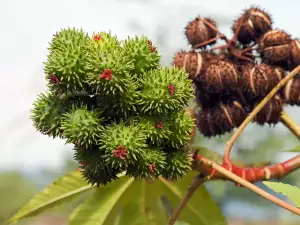
Composition of chestnuts
Chestnuts are a valuable food product because of its rich content of vitamins, minerals and trace elements. They contain vitamins C, PP, B1, B2 and A. Minerals found in it are mostly phosphorus, magnesium and potassium. Trace elements are the most significant quantities of copper, fluorine and silicon. Boiled or roasted chestnuts are rich in tannin and pectin.
Quantities of mineral salts in the chestnuts are significant: mainly potassium - 707 mg, phosphorus is 87 mg Magnesium - 45 mg, 33 mg calcium, sodium 1.5 mg and 1.3 mg iron. Chestnuts also contain vitamin C (27 mg), PP (87 mg), B2 (0, 24 mg), B1 (0, 2 mg) and A (80 mg).
Different varieties of chestnuts have similar composition but differ in taste. The fruits of fresh chestnut fruits contain 4.8% water, 42.8% carbohydrates, 2.9% protein, 1.9% fat and 1.4% fiber. There is a 16% starch, dextrin and 7% - 4% sugars (glucose and sucrose) in terms of carbohydrates. Chestnut fruits contain malic, citric and lactic acid. There is a large amount of lecithin (355 mg).
Types of chestnuts
Basically, there are two types of chestnut - edible and wild. Edible chestnuts are widely used in cooking. They are called sweet chestnuts.
The second type are wild chestnuts. Are known as horse chestnuts and are not eaten, because they are poisonous. In cities, there are artificial such species, which depend on afforestation parks and alleys. They are used in alternative medicine, but not eaten.
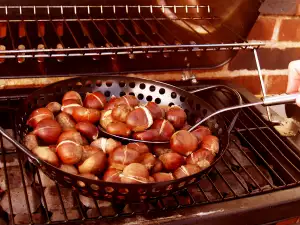
Chestnuts in cooking
Many people in ancient times thought that chestnuts are "bread". Chestnuts are solid and contain saponins, which are the source of the bitter taste. They can be eaten raw. When boiling or roasting chestnuts part of the starch is hydrolyzed to sugars and they become sweet in flavor and aroma. The culinary use of chestnuts today is very high.
Moreover, chestnut puree a made, filling for birds and garnish to grilled meat, cakes and other sweets. In the sugar industry, it is used even for stuffing of candy. Many roasted chestnuts are tastier than cooked, but must be prepared easily. Using a small sharp knife, slit the chestnuts on top, making small incisions. If you do not drill this way, they will begin to pop in the oven.
Chestnuts are placed in a pan and put in a preheated oven at about 200 degrees for about 25-30 minutes. Periodically stir to bake evenly. Baked chestnuts are peeled with a small sharp knife. Eating is done while still hot. Boiled chestnuts are made even easier - put them to boil in enough water for about 40 minutes. When ready, they begin to split.
As in the past, many now make bread from chestnuts, which is popular in diet food. Chestnut bread does not contain gluten. Chestnut flour is used for cakes, pies and more. Roasted chestnuts are used as a coffee substitute and chestnut oil is used in the confectionery industry.
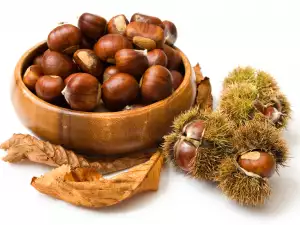
Benefits of chestnuts
Benefits to human health are evident in both wild and from edible chestnuts. The edible chestnut is able to help a lot of people with anemia. For this purpose, those suffering from anemia should consume a lot of chestnuts daily during the fall and early winter, to have a positive treatment effect. Tannin and pectin are found in cooked or roasted chestnuts. Coumarin in Chestnut prevent sclerosis of the organs. It is believed that chestnuts improves blood circulation, is anti-inflammatory and analgesic, having a good effect on the heart, digestive system, heal wounds, burns, gout, acting as antitumor.
For centuries in folk medicine, horse chestnuts were used as a remedy for hemorrhoids, varicose veins, hard to close wounds incurred as a result of impaired blood flow and thrombosis. Seeds of wild chestnut work today against coughs, bronchitis and gout. According to healers, chestnuts can have a positive effect on joints, tendons, muscles and nervous system.
They claimed that wild chestnut emits very powerful energy and therefore you should always carry a few in your pocket. According to some, chestnuts are highly sedative. In this regard, they recommended people to put under their pillow 5-6 to 10 chestnuts, but not more, because radiation can become very strong and can cause headaches.
From Chestnut are made remedies and spreads for rheumatism, arthritis, spikes in baths, poultices and compresses. With chestnut tincture, varicose veins have been treated, but with chestnut flour - disorders. With boiled chestnuts, treat people with myocardial stroke. Cooked chestnuts with honey are even proven to relieve a sick liver and spleen. Anti-ulcer use is found for chestnut porridge.
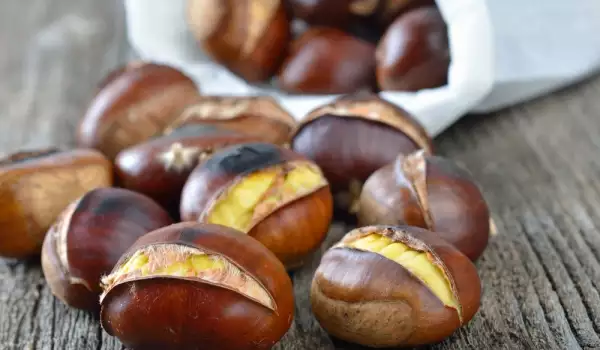
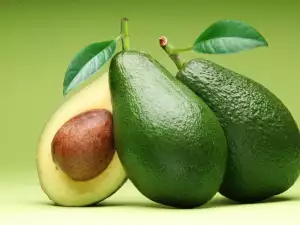
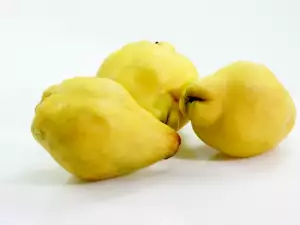
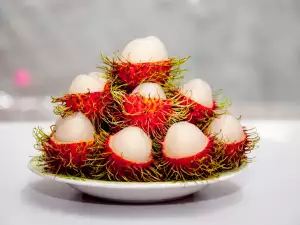
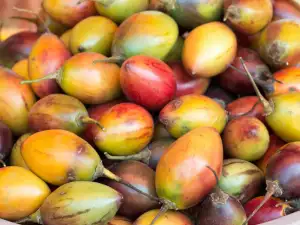
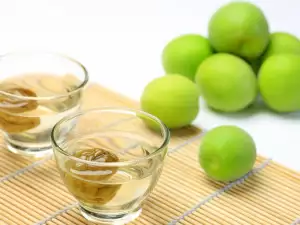
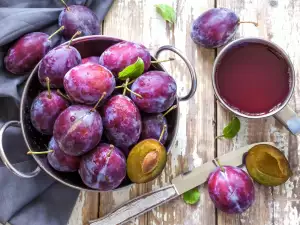
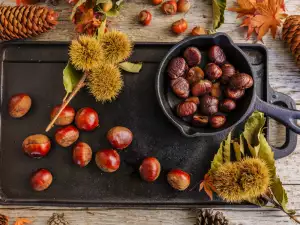
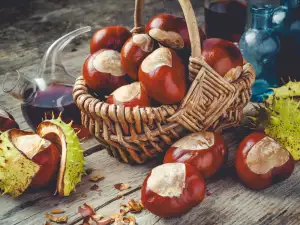
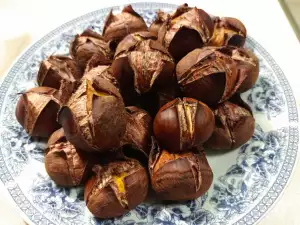
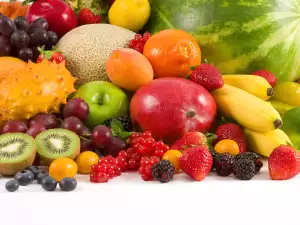
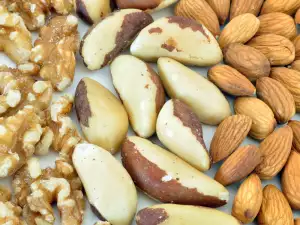
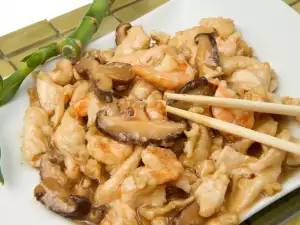
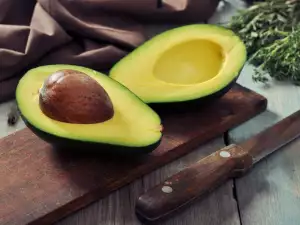
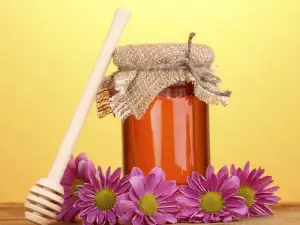
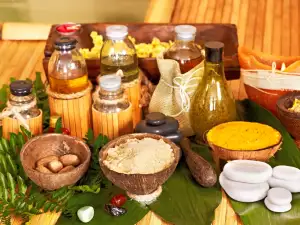




Comments